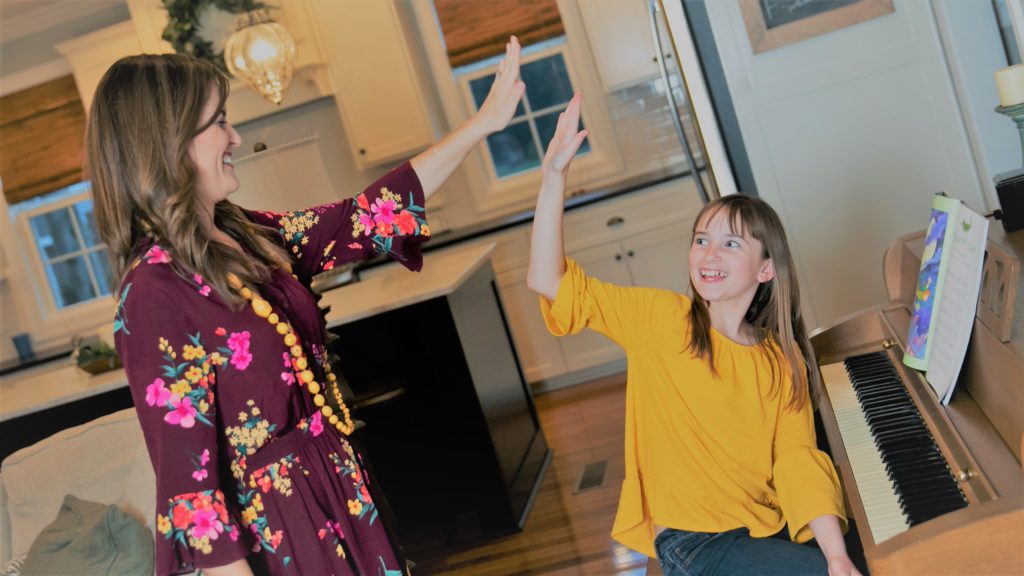
Ask them to “teach you” the basics of rhythm and counting.
Whether or not you understand rhythm, having your child “teach” you the skill is a fantastic way to develop their understanding of the concept. Explaining things out loud often enhances understanding, and this is true for music and especially rhythm. Ask them to explain to you how many beats are in a measure, and how those beats are broken up. Have them use whatever they are working on as the teaching aid. Putting your child in the role of “teacher” and yourself in the role of “student” is a really good way to get them excited and engaged with the concept. After all, it isn’t every day that you get to teach your parent something!
Help them mark their music.
There’s nothing wrong with writing all over your music (only use erasable pencil). It can be an incredibly helpful tool! Students often want to skip over this part and try to just remember everything as they play a piece. However, marking their music and taking notes helps them internalize the music. One of he most important things to mark when learning a tricky rhythm is where every beat falls. For example, here is the improv rhythm, from our Facebook Weekly Challenges, with each beat marked. The line marking each beat shows where the metronome click is supposed to fall.

It is also helpful for the player to note and mark sections that are giving them problems. This makes it easier to find hard parts to focus on practicing them. Zeroing in on small sections always makes for more productive practice!
Encourage them to start slow.
Slow practice is incredibly important, but it is not something most kids enjoy. They often want to play everything as fast as they possibly can. However, you can help encourage them to practice slow. One way to do this is to make it like a game. Start at a slow tempo. (For example, the sight-reading challenge is 80 bpm (beats per minute), so a slower tempo would be a 50 or 60 bpm setting on a metronome.) Every time they play it correctly 3 times in a row, they go on to the next level. Make the next level 10 bpm faster than the last. They’ll be playing the music perfectly at tempo in no time!
Helping your young musicians learn these basic practice tools will not only help them become better sight-readers, but also help them to learn their music faster and progress at a noticeably faster pace. If they focus on using these tools well, they won’t have to increase their practice time because they will be practicing more efficiently! But more on that next time.